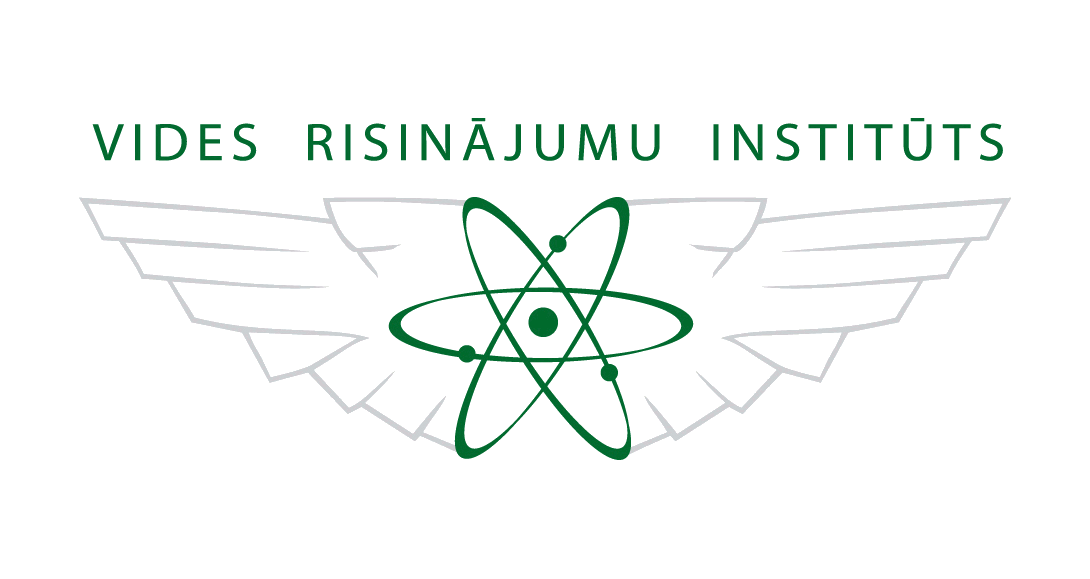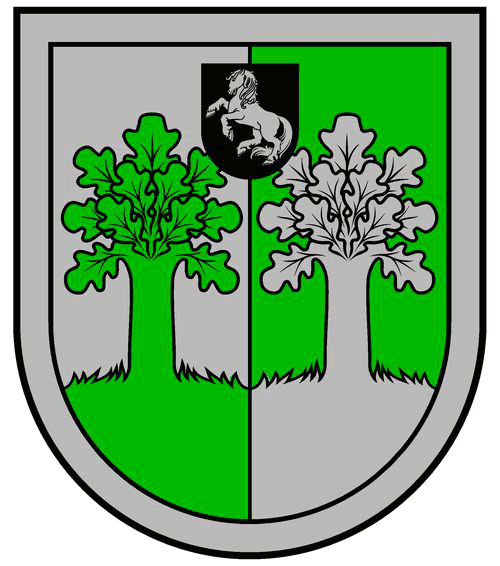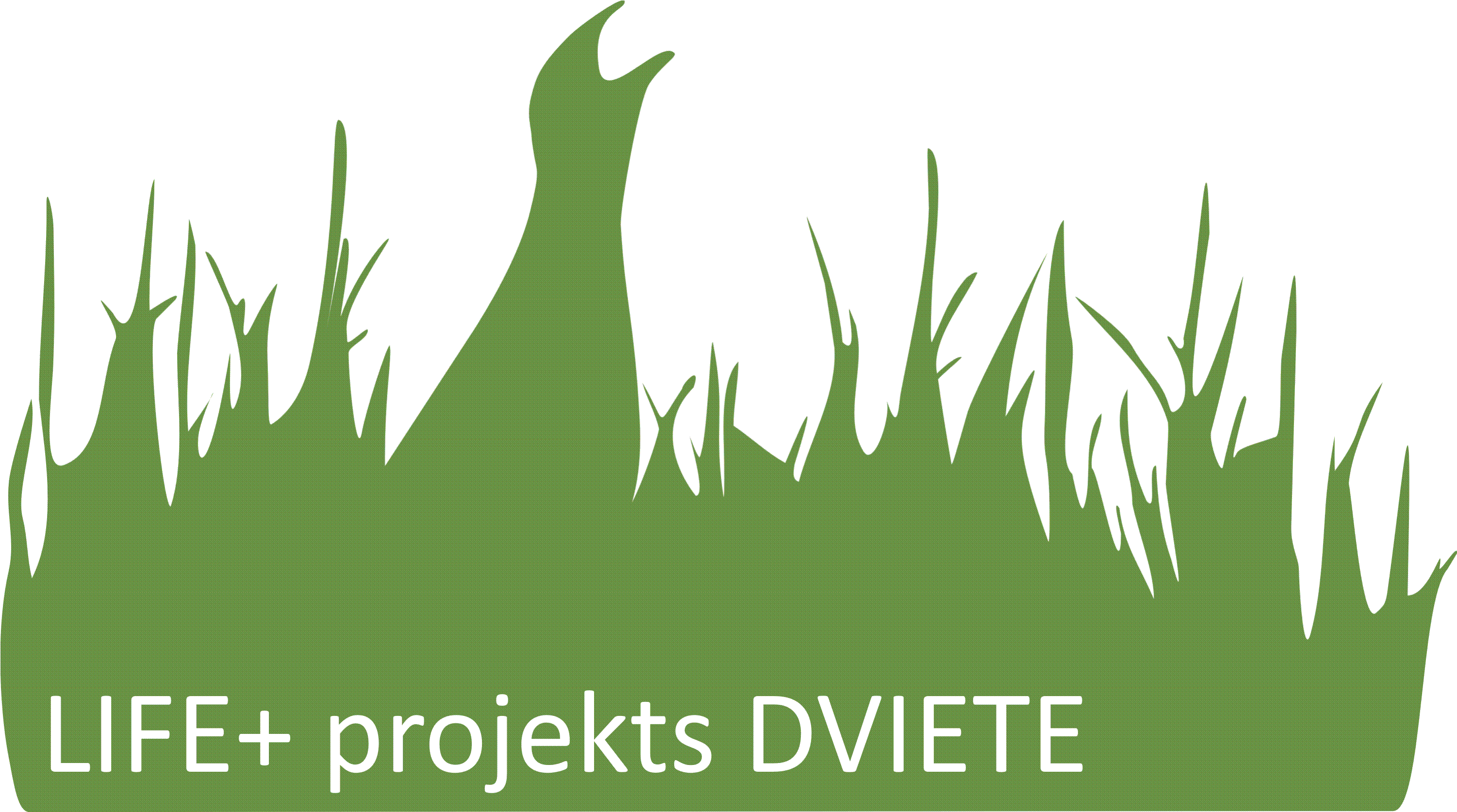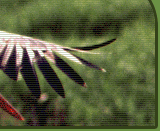| Project Passport | | Project Title | Restoration of Corncrake habitats in Dviete floodplain Natura 2000 site | | Project Duration | October 2010 – September 2014 | | Coordinating beneficiary | Latvian Fund for Nature | | Associated beneficiaries | Ark Nature, Ilűkste municipality, Elm Media, Institute for Environmental Solutions | | Funding | European Union LIFE-Nature program, Latvian Environmental Protection Fund | | Project Location | Natura 2000 site (Nature Park) ‘Dviete floodplain’ | | Project manager | Edmunds Račinskis | | Contact | | Phone | +371 7830999 | | FaX | +371 7830291 | | E-mail | edmunds@ldf.lv | | Address | 73-2 Dzirnavu Street, Riga | | LV-1011, Latvia |   
The aim of the project is to restore breeding habitats of Corncrake in the nature park ‘Dviete floodplain’, improving conservation status of the species and contributing to the implementation of requirements of the EU Birds Directive.   

Importance of the project A quarter of the Corncrake population of the whole EU has been estimated to breed in Latvia (26,000–38,000 pairs). Dviete floodplain Natura 2000 site is considered as one of the most important breeding areas of the species in Latvia, with an estimated 40-100 breeding pairs. Both the area and the biological quality of floodplain grassland habitats have been significantly decreased by alteration of hydrological regime during the 20th century. Drained and abandoned grasslands overgrow with bushes. Area of suitable breeding habitats for the Corncrake and other qualifying grassland bird species for this Natura 2000 site (Spotted Crake, Great Snipe) has been fragmented and reduced. Favourable project activities will contribute to the ecological integrity of the Natura 2000 site and improve the quality of breeding habitats of the Corncrake, thus contributing to the favourable conservation status of the species and implementation of requirements of the EU Birds Directive (2009/147/EC). Project objectives: - To improve the conservation status of Corncrake Crex crex in Latvia.
- To restore breeding habitats for Corncrake in a degraded and abandoned section of Dviete river floodplain.
- To demonstrate and promote use of complex restoration methods of Corncrake habitats in degraded floodplain grasslands.
- To increase the participation and awareness of land-owners and local municipality on management of Dviete floodplain Natura 2000 site for the species of EU importance, in particular, the Corncrake.
Actions and means involved: - Restoration of river Dviete natural course in ca. 2.1 km section to improve hydrological regime and Corncrake habitat quality in drained and modified floodplain meadows.
- Removal of bushes and trees to restore open habitats for Corncrake in the most overgrown part of the Dviete floodplain Natura 2000 site.
- Establishment of natural grazing by cattle and horses to permanently maintain the restored open wet grasslands as Corncrake breeding habitats.
- Monitoring of Corncrake population and the groundwater levels to assess the effects of the project activities.
- Communication and dissemination actions, e.g. creation and maintenance of website, producing printed materials, setting up of an outlook platform, preparation of information boards and signs, setting up an exposition on floodplain restoration, organising seminars and experience exchange trips, production of audio-visual materials and layman’s report.
Expected results of the project are: - Breeding Corncrakes occupying the area of restored habitats, their number increasing in and around the habitat restoration area to at least 5-12 pairs due to improved patch size and connectivity.
- River Dviete restored to its natural meanders in a section ca. 2.1 km long, increasing the average groundwater level and improving the habitat quality for Corncrake.
- Bushes and trees cleared from at least 105 hectares of abandoned and overgrown grasslands in and around the river restoration area.
- The open grassland habitats around restoration area reconnected, and form over 300 hectares of continuous open grasslands for breeding Corncrakes, improving local habitat connectivity and overall Natura 2000 site integrity.
- The restored wet grasslands maintained by natural grazing of cattle and horses in optimal densities to avoid regrowth but also prevent overgrazing.
- Innovative model for classification of Corncrake habitats using remote sensing techniques developed, using Dviete floodplain as a pilot site.
- Project’s website created and serving as a permanent source of information on its activities as well as the Natura 2000 site as a whole.
- Printed materials on project and floodplain restoration produced and distributed, an outlook platform set up for managing the flow of visitors and demonstration of the habitat restoration site, information boards and signs set up, exposition on floodplain restoration opened at the Dviete floodplain visitor centre, seminars and experience exchange trips organised, original audio-visual materials including a documentary film and nature sound recordings from the project area created, and a project layman’s report produced and distributed.

|







